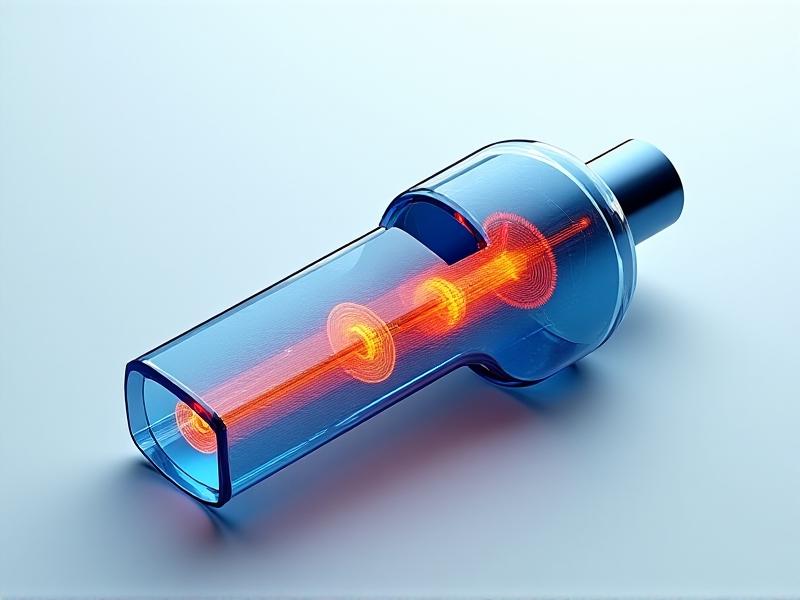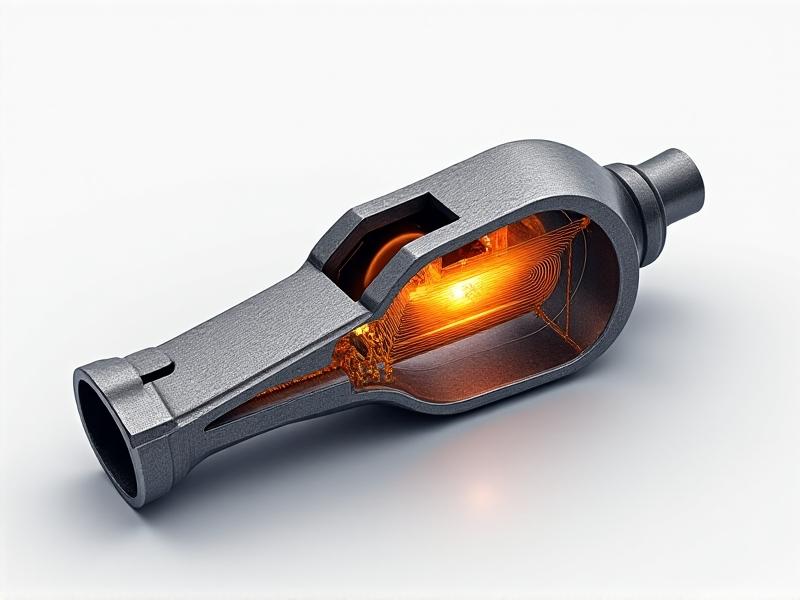Computational Fluid Dynamics in Whistle Sound Production
Introduction to Computational Fluid Dynamics and Whistle Sound Production
Computational Fluid Dynamics (CFD) is a branch of fluid mechanics that uses numerical analysis and algorithms to solve and analyze problems involving fluid flows. When it comes to whistle sound production, CFD plays a crucial role in understanding the complex interactions between air flow, pressure, and the physical structure of the whistle. By simulating these interactions, researchers can predict and optimize the sound produced by different whistle designs.
Simple but interesting tools, whistles create music by means of air movement interacting with a cavity or edge. The sound is generated when air is forced through a narrow passage, creating vortices and pressure fluctuations that result in audible tones. CFD allows us to visualize and analyze these phenomena in detail, providing insights that are difficult to obtain through experimental methods alone.
This blog post will explore the application of CFD in whistle sound production, covering key aspects such as the physics of sound generation, the role of turbulence, and the impact of whistle geometry. We will also discuss the challenges and limitations of using CFD in this context, as well as future directions for research and development.

The Physics of Whistle Sound Generation
The sound produced by a whistle is the result of complex fluid dynamics involving air flow, pressure changes, and the interaction of air with the whistle's internal structure. When air is blown into a whistle, it passes through a narrow channel or slit, creating a high-speed jet of air. This jet interacts with the edges of the whistle, causing the air to oscillate and produce sound waves.
The frequency of the sound is determined by the dimensions of the whistle's cavity and the speed of the air flow. The shape and size of the cavity act as a resonator, amplifying certain frequencies while attenuating others. The result is a distinct tone that can vary depending on the design of the whistle.
CFD simulations allow us to model these processes in detail, providing a visual representation of the air flow patterns and pressure distributions within the whistle. By analyzing these simulations, researchers can identify the key factors that influence sound production and optimize the design of whistles for specific applications.

The Role of Turbulence in Whistle Sound Production
Turbulence plays a significant role in the production of sound in whistles. As air flows through the narrow passage of a whistle, it becomes turbulent, creating vortices and eddies that contribute to the generation of sound. These turbulent structures interact with the edges of the whistle, causing pressure fluctuations that result in audible tones.
CFD simulations are particularly useful for studying turbulence in whistles, as they allow researchers to visualize and analyze the complex flow patterns that occur within the device. By understanding the role of turbulence, researchers can design whistles that produce more consistent and predictable sounds, as well as reduce unwanted noise.
One of the challenges in modeling turbulence is the need for high-resolution simulations that capture the fine details of the flow. This requires significant computational resources, but the insights gained from these simulations are invaluable for optimizing whistle design and improving our understanding of the underlying physics.

The Impact of Whistle Geometry on Sound Production
The geometry of a whistle has a profound impact on the sound it produces. The shape and size of the whistle's cavity, the dimensions of the air passage, and the angle of the edges all influence the frequency, amplitude, and quality of the sound. By varying these parameters, designers can create whistles with different tonal characteristics for various applications.
CFD simulations allow designers to experiment with different geometries without the need for physical prototypes. By modeling the air flow and pressure distributions for different designs, researchers can identify the optimal geometry for a given application. This not only saves time and resources but also enables the creation of whistles with superior acoustic performance.
One example of the impact of geometry is the difference between a cylindrical whistle and a conical whistle. The cylindrical whistle produces a more uniform sound, while the conical whistle can produce a wider range of frequencies. By understanding these differences, designers can choose the appropriate geometry for their specific needs.
Challenges and Limitations of Using CFD in Whistle Design
While CFD is a powerful tool for studying whistle sound production, it is not without its challenges and limitations. One of the main challenges is the need for accurate and detailed models of the whistle's geometry and material properties. Small errors in the model can lead to significant discrepancies in the simulation results, making it difficult to obtain reliable predictions.
Another challenge is the computational cost of high-resolution simulations. Capturing the fine details of turbulence and air flow requires significant computational resources, which can be a barrier for some researchers. Additionally, the complexity of the simulations can make it difficult to interpret the results and draw meaningful conclusions.
Despite these challenges, CFD remains an invaluable tool for understanding and optimizing whistle design. By combining CFD with experimental methods, researchers can overcome these limitations and gain a more comprehensive understanding of the factors that influence sound production.
Future Directions in CFD and Whistle Sound Production
Advances in computational power and modeling approaches are bringing up fresh opportunities for study and development, therefore the future of CFD in whistle sound generation seems bright. Whistle design optimization using machine learning methods is one area of focus. Training models on vast datasets of CFD simulations helps researchers to find patterns and connections that would be impossible to find using more conventional approaches.
Another area of research is the development of more accurate and efficient CFD models. Improvements in mesh generation, turbulence modeling, and parallel computing are making it possible to simulate more complex systems with greater accuracy and speed. These advances will enable researchers to explore new designs and applications for whistles, from musical instruments to industrial signaling devices.
As CFD continues to evolve, it will play an increasingly important role in the design and optimization of whistles. By combining CFD with other technologies, such as additive manufacturing and acoustic testing, researchers can create whistles with unprecedented levels of performance and versatility.







